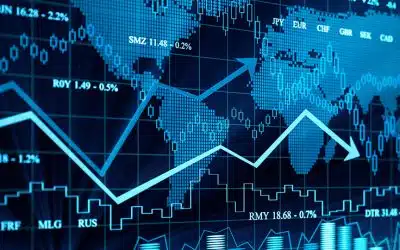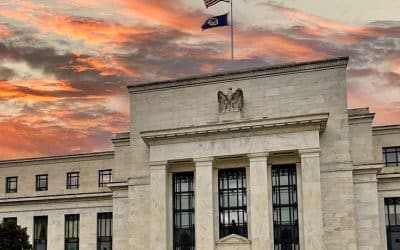Inflation and the energy crisis are devastating manufacturing in Europe

Redacción Mapfre
Europe's manufacturing industry is going through one of its worst moments. The Eurozone's purchasing managers' index (PMI) fell in October to 46.4 points from 48.4 in the previous month, the worst level in nearly two and a half years. The sector's final production index also reached minimum levels not seen since the outbreak of Covid; according to the companies, low customer demand is the cause of this paralysis. On the export side the scenario is no better: geopolitical uncertainty, high inflation, and weakening economic conditions worldwide have curbed spending.
Of all Eurozone members, Spain's manufacturing sector is the worst performer, with the index standing at 44.7 points in October. It was closely followed by Germany, which also suffered a slump not seen since 2020 in both production and new orders. The trend, unfortunately, is very likely to continue. Ismael García Puente, investment manager and fund selector at MAPFRE Gestión Patrimonial, believes that in the coming months the figures will be even worse as a result of energy costs and the tightening of monetary policy.
Garcia Puente's prognosis is well-founded. This week the Fed announced a 0.75 basis point hike for the fourth consecutive time, thus bringing rates to 2008 highs. In any case, the hike will have a staggered effect on the economy, so the analyst expects central banks to slow down and take a less aggressive stance in the coming months. Every country is in the process of normalizing monetary policy, but the European Union and the United States are at different points due to the fact that the former is trying to tackle supply-side inflation and the latter demand-side inflation.
According to García Puente, the most complex scenario is faced by the ECB because its strategy to tackle inflation clashes directly with the measures designed by European governments, which are constantly increasing public and fiscal spending. Because of this, and despite the fact that central banks have adopted self-inflicted economic stagnation, it is unlikely that the continent will be able to bring inflation back to its 2% target in the short term. So far, the inflation rate continues to surprise on the upside. In October, it soared to 10.7% in the Eurozone, which continues to depress fixed income assets.



